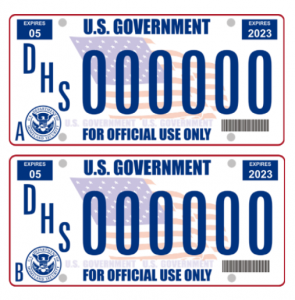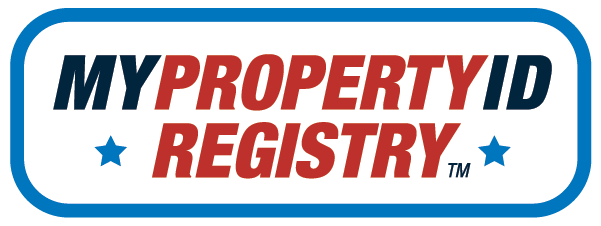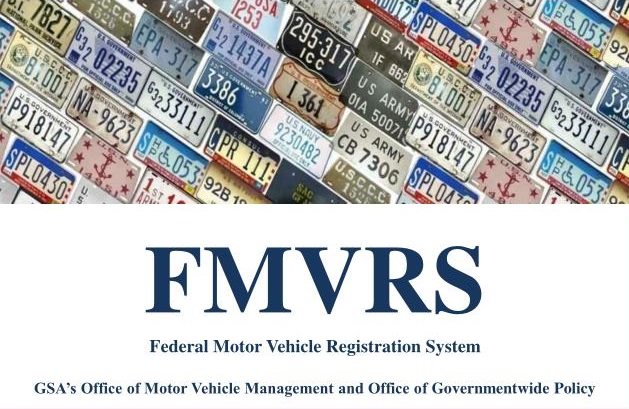When you purchase a motor vehicle, you are required to register it. The process is straight forward. You provide your name and address which is matched to the make, model and vehicle identification number (VIN), and a license plate is issued that you affix to the vehicle yourself.
Federal Motor Vehicle Registration System (FMVRS)
Like the way all departments of motor vehicles (DMVs) work, the Federal government manages its own fleet of vehicles through a registration process and the issuing of license plates.
https://www.gsa.gov/cdnstatic/FedFleet2020_Federal_License_Plate.pdf
- License plates have an expiration date (8 years)
- All plates are registered in FMVRS [are traced] and tracked from manufacture until destroyed (Barcodes)
- License plates must be returned to UNICOR for destruction
- Plates cannot be reassigned to another vehicle – use once and
return for destruction - Law enforcement can check registration and status
- Plate design has evolved to enhance security [tracing] and tracking

Where the Federal Acquisition Regulation (FAR) 245.52-1 Goes Wrong
Non-fixed Federal property should be regulated in the same way motor vehicles are. Just like a motor vehicle, virtually all non-fixed Federal property can be uniquely identified by its make, model and serial number, yet the idea of designing asset tags to be more like license plates is over a century behind the times.
https://mypropertyidregistry.com/2021/09/15/far-52-245-1f1ii



